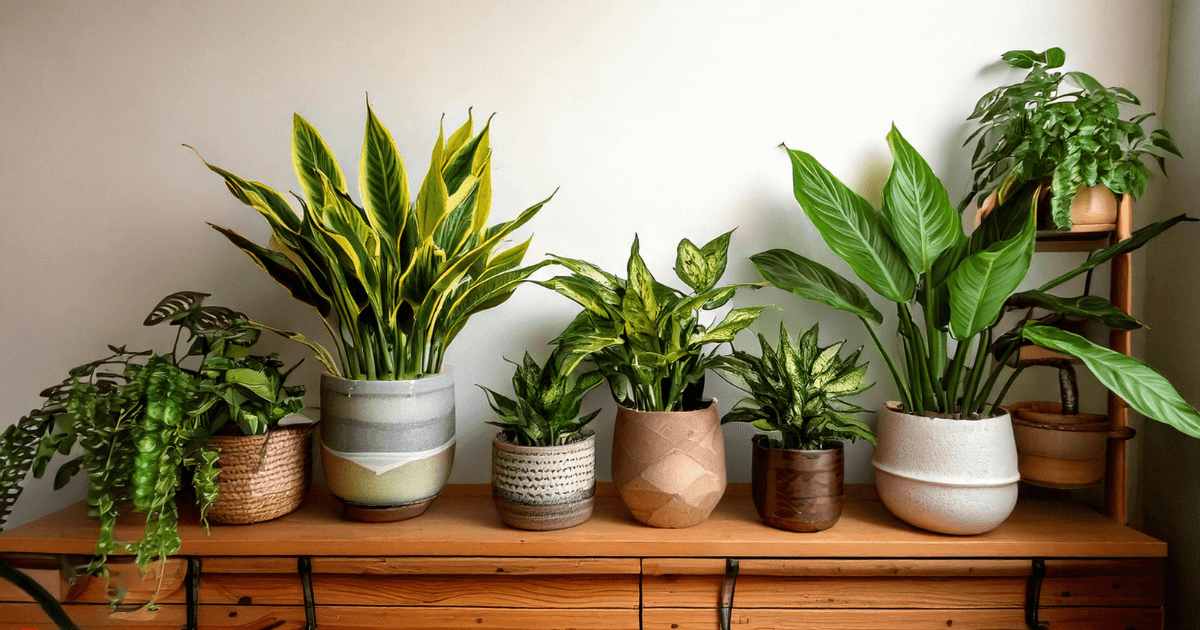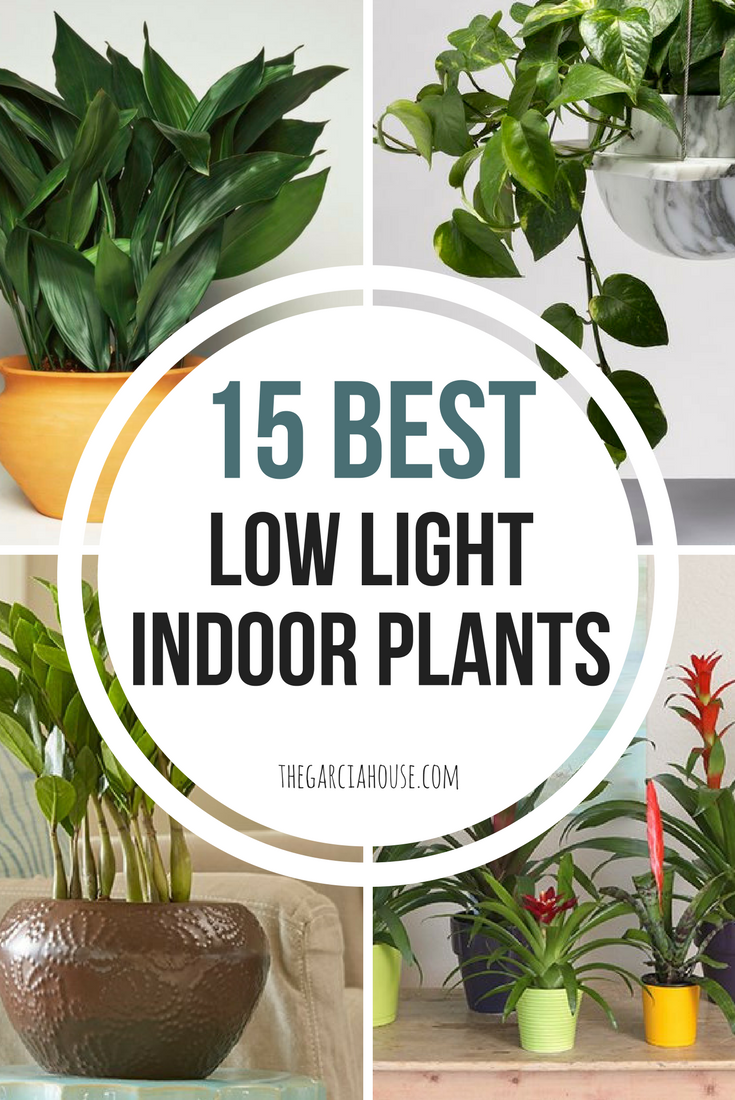Best Low-Light Indoor Plants for Those with Limited Natural Light in Their Homes
Best Low-Light Indoor Plants for Those with Limited Natural Light in Their Homes
Blog Article
Reveal the Secrets of Low-Light Indoor Plants and Exactly How They Improve Your Atmosphere
Low-light indoor plants have actually amassed boosting attention for their one-of-a-kind capability to enhance both visual appeal and ecological quality within offices and homes. These durable varieties, including the Serpent Plant and Peace Lily, not only flourish in challenging illumination conditions however likewise play a crucial function in air filtration and psychological wellness.
Advantages of Low-Light Indoor Plants
Although many individuals think that interior plants need plentiful sunshine to flourish, low-light indoor plants use a plethora of advantages that make them ideal for different atmospheres. One of the key benefits is their flexibility; they can grow precede with restricted all-natural light, such as workplaces, basements, or areas with tiny home windows. This function permits individuals to boost their surroundings with plant, adding to improved visual appeals without the demand for extensive lighting modifications.
Additionally, low-light interior plants can dramatically boost interior air top quality by launching and filtering system damaging contaminants oxygen, making living spaces healthier. Study has actually shown that particular varieties can absorb pollutants, thus advertising a cleaner atmosphere. Additionally, they can improve psychological wellness by decreasing anxiety and increasing performance. The existence of plants has actually been linked to better feelings of harmony and emphasis.
Moreover, low-light plants usually need less maintenance than their sun-loving equivalents, making them ideal for busy people or those brand-new to horticulture. Their strength permits them to love very little intervention, thus supplying a gratifying experience for plant enthusiasts and beginners alike. In summary, low-light indoor plants serve both visual and useful objectives, making them important additions to any type of space.
Top Low-Light Plant Selections
Low-light indoor plants come in a variety of types, each offering unique attributes and advantages suited for dim environments. Amongst one of the most preferred varieties is the Snake Plant (Sansevieria), recognized for its building leaves and air-purifying capacities. This resilient plant flourishes on forget and can tolerate a large range of light conditions.
One more outstanding option is the ZZ Plant (Zamioculcas zamiifolia), which includes shiny, dark eco-friendly leaves and is extremely drought-tolerant. Its adaptability makes it a preferred for offices and homes with restricted sunshine.
The Pothos (Epipremnum aureum) is likewise a leading challenger, with its tracking vines and heart-shaped leaves - Best low-light indoor plants. This functional plant can be trained to climb up or waterfall, adding visual interest to any kind of room
:max_bytes(150000):strip_icc()/lowlightplants01-e6ce112597f74b538fc83e28a39bf23b.jpg)
Care Tips for Low-Light Plants
Caring for low-light interior plants requires a nuanced understanding of their particular requirements to guarantee ideal growth and vigor. It is necessary to choose the right potting mix, as a well-draining soil is vital to avoid root rot. A blend made for houseplants, usually including look what i found peat moss and perlite, works well for the majority of low-light ranges.
Watering is one more key facet of treatment. Low-light plants typically need less constant watering contrasted to their sun-loving counterparts.
Fertilizing needs to be come close to with care. Throughout the growing period, a watered down liquid fertilizer can be applied monthly, yet in winter season, numerous low-light plants get in dormancy and require little to no fertilizing.
Last but not least, it is very important to periodically cleanse the leaves to get rid of dust, enabling for far better light absorption. By sticking to these care tips, you can cultivate a thriving atmosphere for your low-light interior plants, improving both their appearance and durability.
Enhancing Air Quality With Plants
Indoor plants play a considerable function in boosting air quality within homes and office. With the process of photosynthesis, these plants take in co2 and release oxygen, adding to a much healthier atmosphere. Additionally, specific low-light indoor plants possess the ability to filter damaging pollutants, such as formaldehyde, benzene, and trichloroethylene, which are typically located in interior atmospheres.

In addition, the presence of interior plants can enhance moisture levels, which helps alleviate completely dry skin and breathing issues, additionally enhancing general health. This ability to boost air high quality not just advertises physical health yet additionally sustains mental health.
Including low-light indoor plants right into your living and working rooms can result in an extra stimulating and dynamic atmosphere (Best low-light indoor plants). Spending in these all-natural air cleansers is a basic yet reliable strategy for improving interior air high quality and fostering a healthier way of life
Creating a Serene Indoor Area
The combination of plants right into living spaces not just boosts air top quality yet likewise adds to a serene atmosphere. Low-light interior plants, such as serpent plants and pothos, are particularly effective in developing a tranquil atmosphere, as they grow in problems that may otherwise be inhospitable for various other plant. Their rich vegetation gives a calming visual, decreasing tension and advertising leisure.
Including these plants right into your office or home can evoke a feeling of tranquility and health. Purposefully positioning them in areas where you invest significant time, such as living rooms or workspaces, permits an immersive experience with nature, which has actually been shown to enhance state of mind and cognitive feature.
Furthermore, the mild motion of leaves in feedback to airflow can create a vibrant aesthetic aspect that enhances the general setting. Think about using a selection of plant elevations and textures to include deepness and passion to your area. With thoughtful positioning and care, low-light interior plants can change any kind of location into a tranquil shelter, fostering not only aesthetic fulfillment yet likewise emotional and emotional wellness.

Conclusion
Including low-light interior plants into various environments yields substantial advantages, consisting of boosted air quality and improved you can check here aesthetic charm. The transformative power of low-light plants emphasizes their value in enhancing both job-related and residential settings.
Although several individuals presume that indoor plants require bountiful sunlight to thrive, low-light indoor plants provide a wide range of benefits that make them ideal for numerous atmospheres.Additionally, low-light indoor plants can significantly boost interior air top quality by releasing and filtering system unsafe toxins oxygen, making living spaces healthier. In addition, particular low-light indoor plants have the capacity to filter dangerous pollutants, such as trichloroethylene, benzene, and formaldehyde, which are generally found in interior atmospheres.
Low-light interior plants, such as snake plants and pothos, are especially reliable in developing a serene environment, as they prosper in problems that might or else be unwelcoming for various other plant.Incorporating low-light indoor plants into different atmospheres yields considerable advantages, consisting of boosted air top quality and enhanced aesthetic appeal.
Report this page